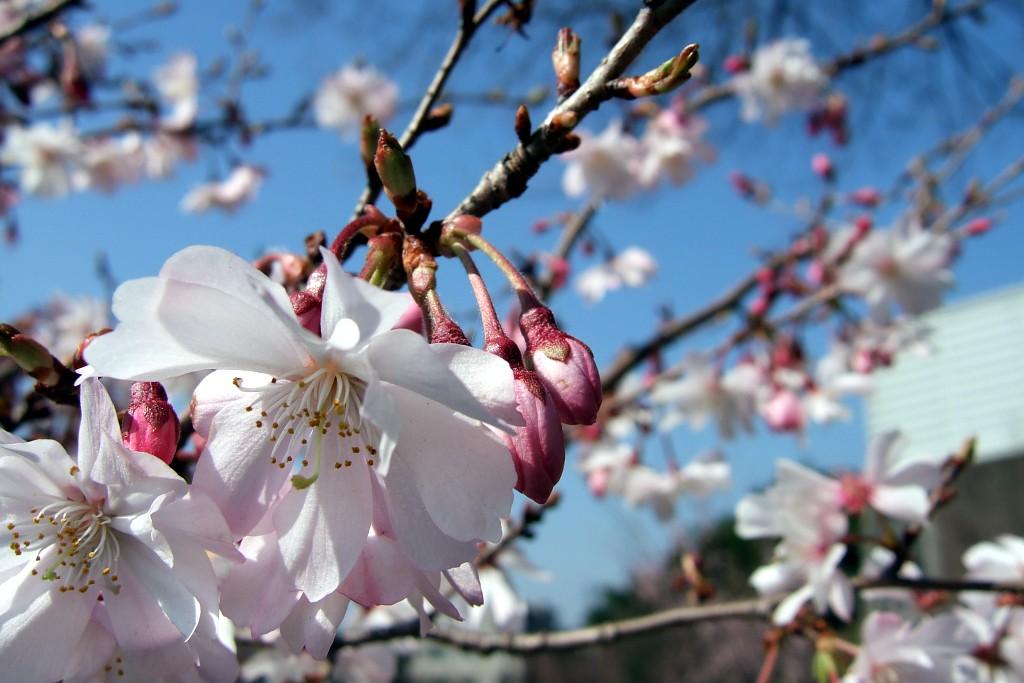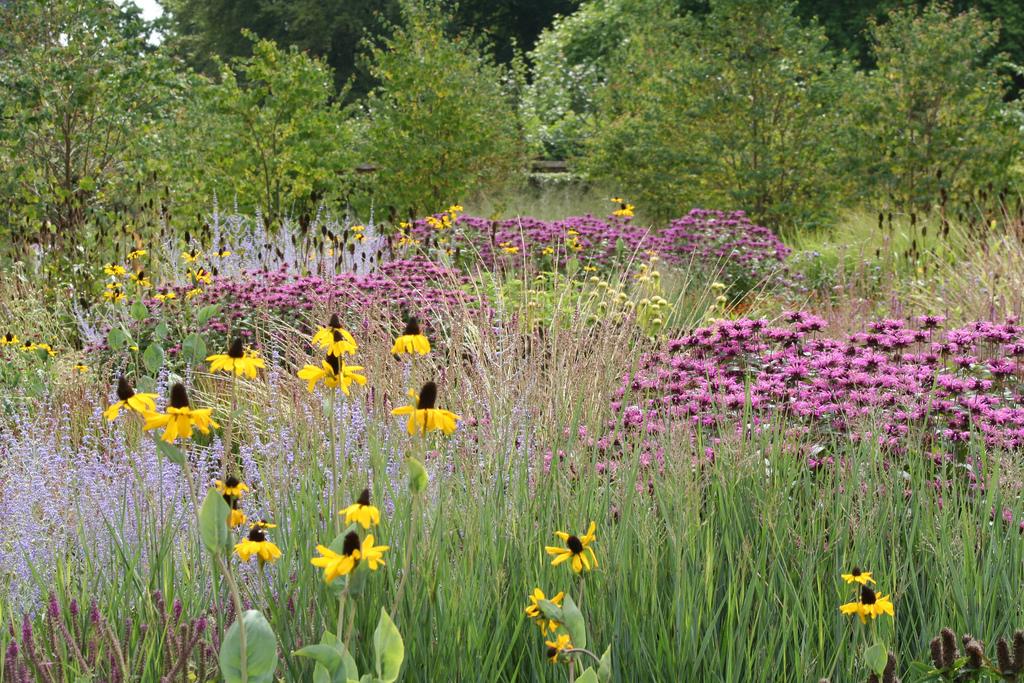Finding Your Personal Colours

Your personal colours
When we take a look at ourselves in the mirror, most of us will be able to distinguish a becoming colour on a blouse from an unbecoming one. Good friends can, of course, also give us advice on what to wear. However, it helps to know more about your personal palette of colours in order to dress in colours which will enhance particular aspects of your personality.
The colour classification of people into four personality types, related to the four seasons, has been well known for some time. The colour of your eyes, hair and skin is the basis for deciding which main colour group you belong to. Most of us will probably feel that we are a mixture of two seasons; for example, many Scandinavians are a mixture of Summer and Spring.

The return of light and warmth characterises Spring. The colours in the Spring palette are mainly primary colours and their tints: light and clear colours. There are no dark colours in this palette. Even the blues are relatively bright and warm. Typical colours are: coral, scarlet, peach, sunshine yellow, emerald green, apple green, turquoise, cobalt blue, sky blue, lilac and violet.
Spring people are often blue-eyed blondes or light-coloured brunettes. They give an impression of lightness and gaiety, even into old age. The Spring personality is often witty and attractive, but also a bit shy.

The Summer palette has a different quality. Its colours have a high proportion of grey in them, and there are no clear primary colours. The summer colours are cool and calm, elegant and graceful.
Typical colour names here are: rose pink, plum, grapefruit yellow, sage green, bottle green, powder blue, lavender, cool navy blue and oyster.
Summer people tend to be natural "peace-makers", graceful and extremely sensitive, but at the same time strong. Other common characteristics include love of flowers and of the arts, such as painting or playing a musical instrument. Their hair colour ranges from dark blond to brown, and their complexion is light but not pale.

In the Autumn palette, we again find warm colours and an aspect of liveliness. Autumn displays more intensity than the Spring palette, but the colours are mainly shades, not primaries. The names of these shades include: poppy, burnt orange, rust, warm burgundy, warm browns, mustard, butter yellow, leaf green, olive green, forest green, aubergine, blue-grey and peacock.
Autumn personalities appear more earthy and intense than their Spring and Summer cousins. Their hair colour ranges from light brown to bronze, chestnut or dark brown. An Autumn person often communicates well but can be rebellious at times. Fire and strength characterise the nature of Autumn. Jewels used by an Autumn person will often shine and sparkle.
The Winter palette contains very strong primary colours and forceful contrasts between pure hues. This palette includes no soft tones, and is the only one of the four palettes which contains white and black. Names of Winter colours include: magenta, crimson, pillar-box red, shocking pink, lemon yellow, cold orange, pistachio green, royal blue, ice blue, indigo, royal purple. Black, white and silver-grey are supportive neutrals.
Winter people are usually dark-or grey-haired. Their depth and intensity display entirely different qualities than those of the Autumn people, just as nature's power and energy hide deep inside the earth during Winter. Most Winter people have strong personalities, and some can be very dramatic. Many Winter women reject bright colours, and tend to wear black at any time of the day (or night), with only touches of royal blue, white or sometimes rich red.
Work with a partner or in a group and discuss the questions found in the box below.
Colour analysis began in the cosmetics and fashion industry in the USA in the 1920s. In the early 1980s colour analysis reached peak popularity, and became a household term.
Having read this article, what do you think about colour analysis as a tool for choosing what colours to wear in clothes and makeup?The article suggests that the colours that suit a person also say something about their personality.
"The Spring personality is often witty and attractive, but also a bit shy." "Summer people tend to be natural "peace-makers", graceful and extremely sensitive, but at the same time strong." "An Autumn person often communicates well, but can be rebellious at times." "Most Winter people have strong personalities, and some can be very dramatic."
Do you think there is anything to the idea that the colours that suit you say something about your personality?Do you think there is a scientific basis for the claims that are made in the article?
- Imagine that you are going to edit the article: what do you keep, and what do you get rid of?